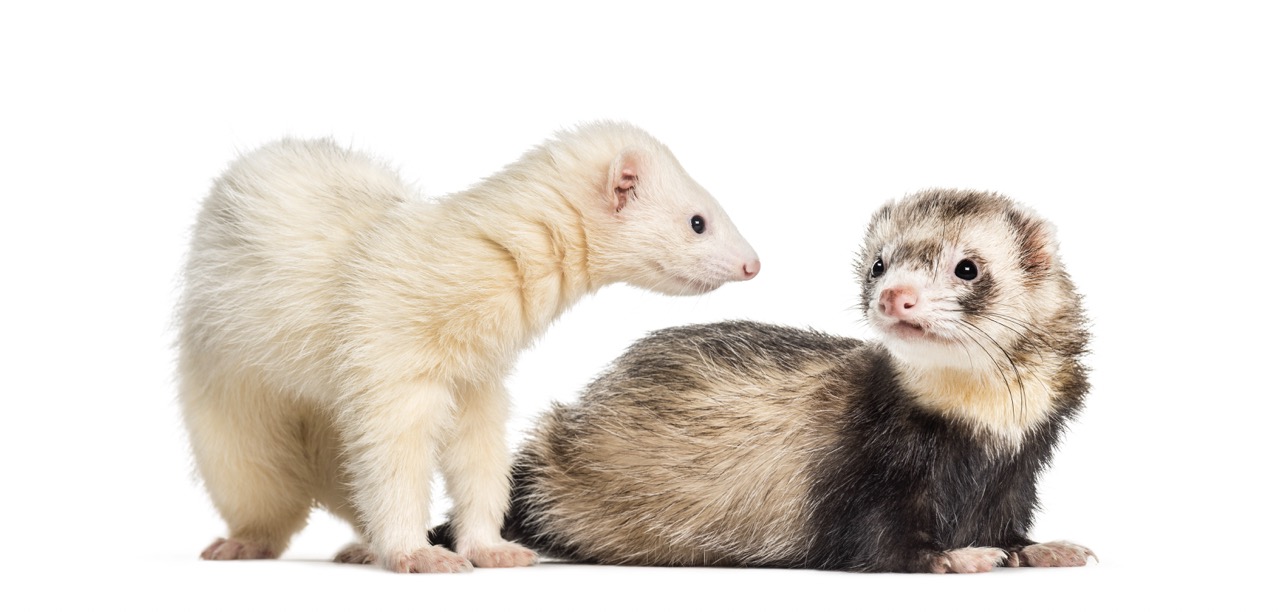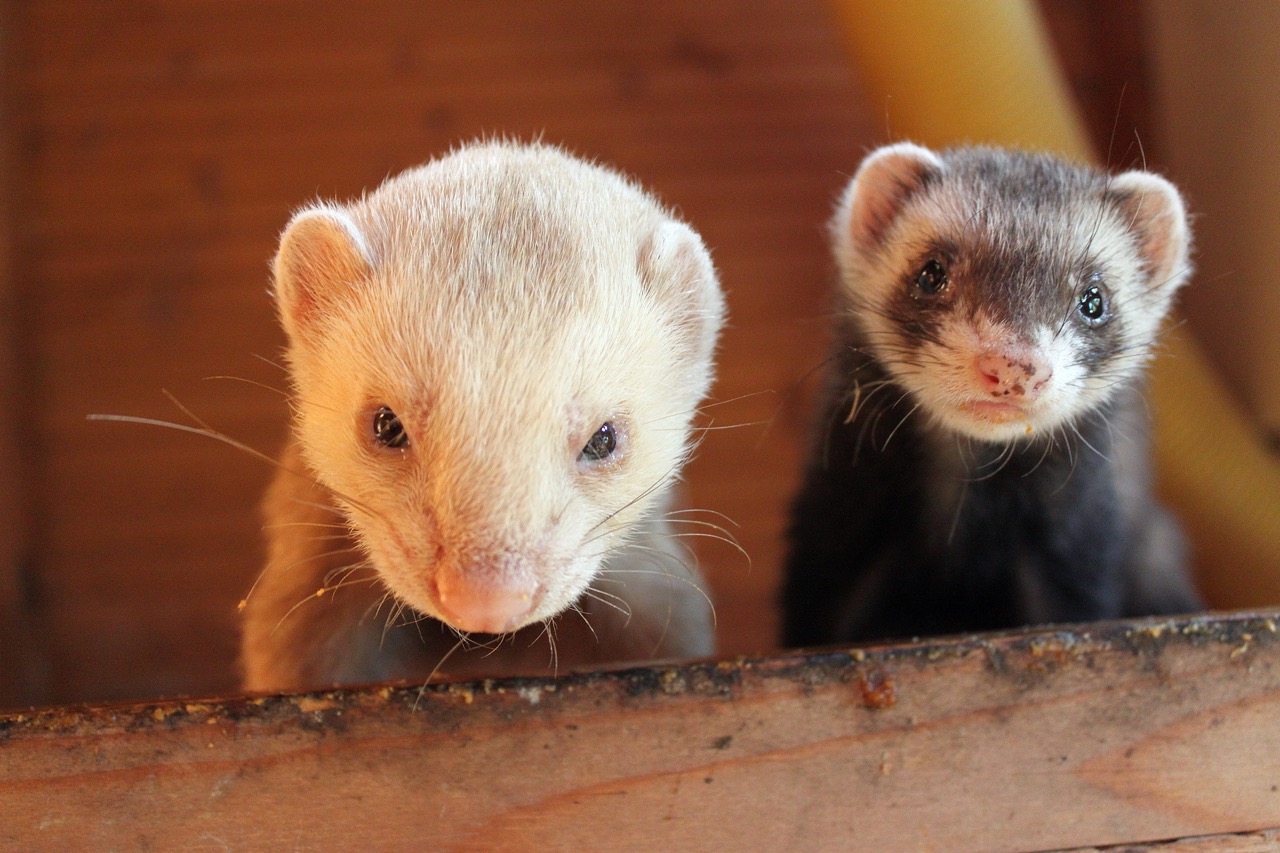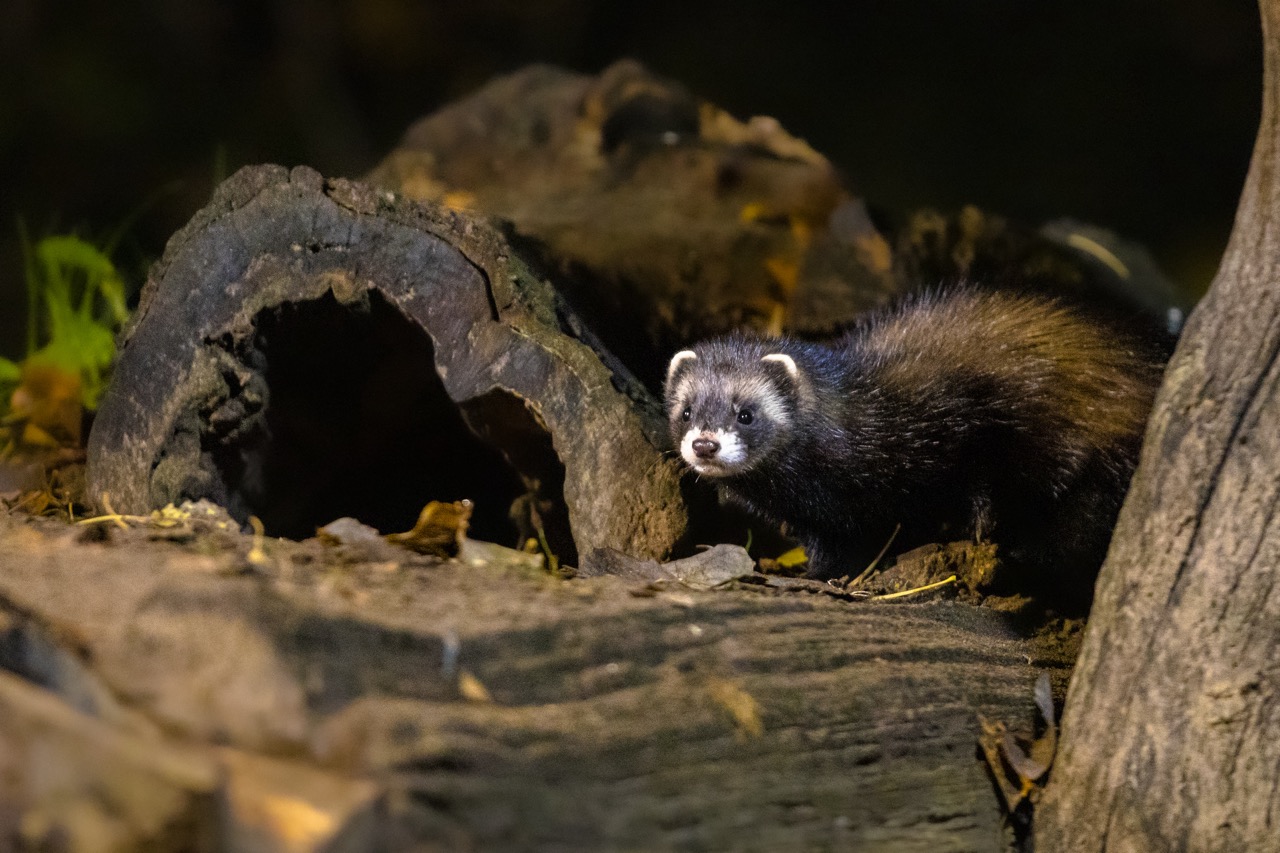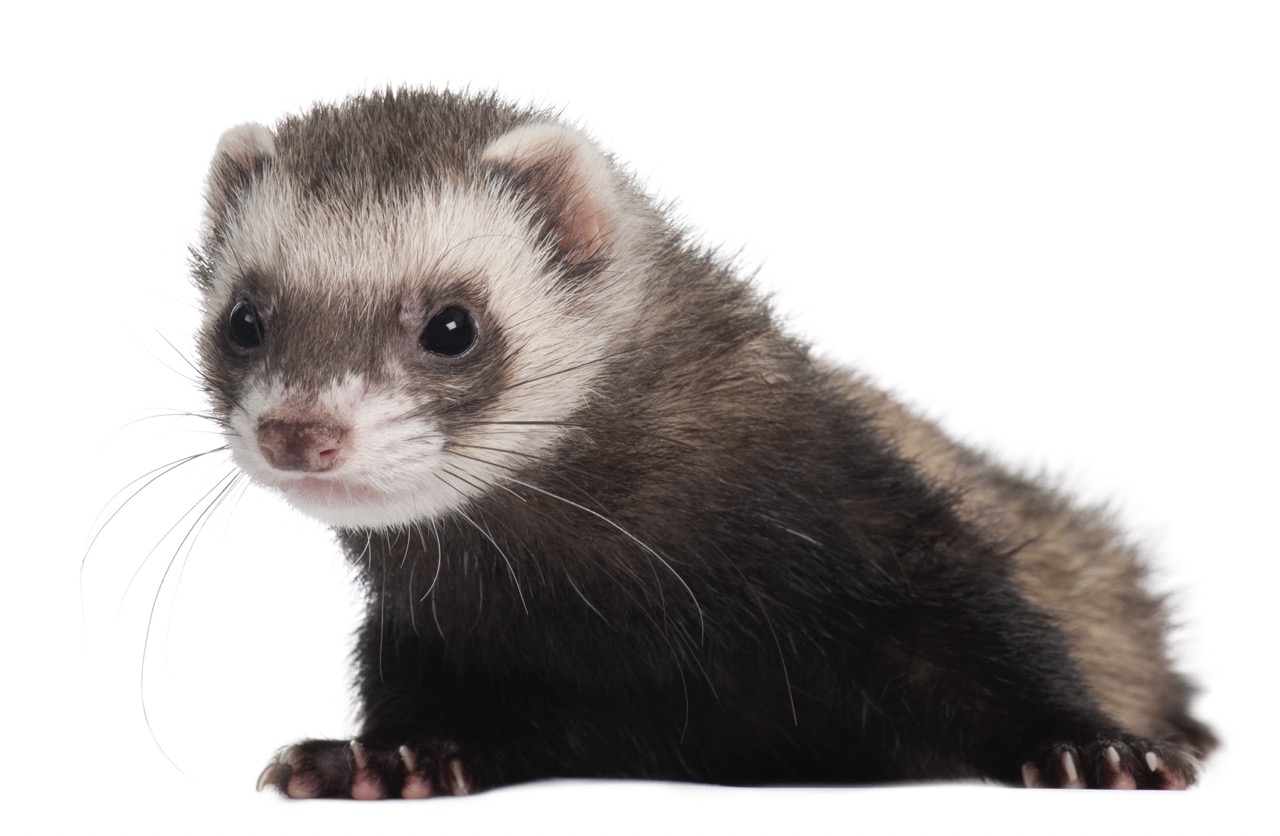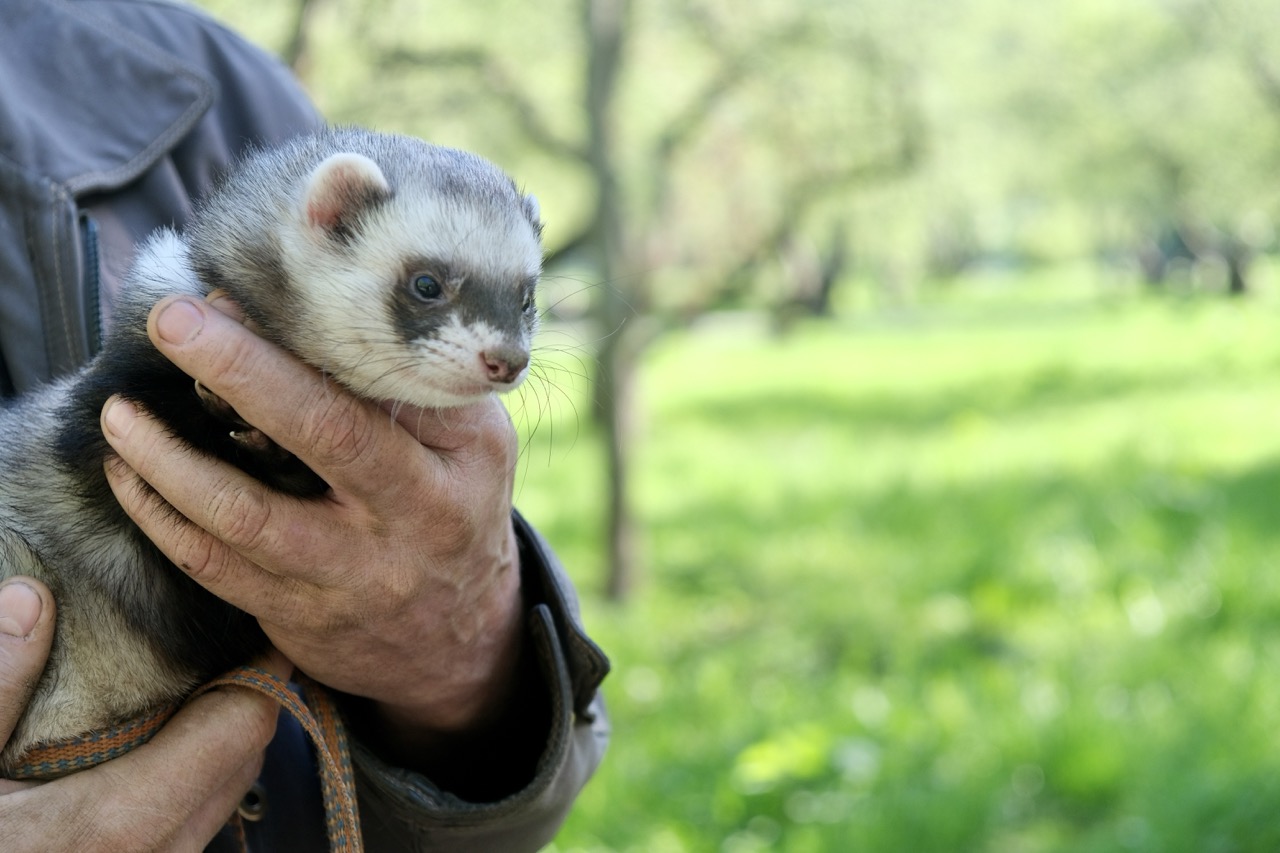Ferrets are fascinating creatures, known for their playful demeanor and inquisitive nature. As social animals, they communicate in various ways, each serving as an essential tool for expressing their feelings and intentions. Understanding how ferrets communicate can deepen the bond between them and their human companions, enhance their well-being, and help owners respond appropriately to their needs. This article explores the fundamental aspects of ferret communication, including vocalizations, body language, and social interactions among ferrets.
The Basics of Ferret Communication: An Overview
Ferrets utilize a combination of vocalizations, body language, and scent marking to communicate with one another and their environment. They are highly social animals, and their communication methods reflect their need to bond with both their own species and humans. By understanding these methods, owners can better interpret their ferret’s needs, moods, and behaviors. This understanding is crucial in meeting their physical and emotional needs effectively.
Ferrets primarily communicate through sounds, gestures, and postures, which can indicate a range of emotions from excitement to anxiety. Observing these signs helps owners recognize when their ferret is happy, scared, or seeking attention. Furthermore, the interactions between ferrets can reveal much about their social hierarchy and relationships. A keen observance of these behaviors allows for a more harmonious living environment.
In addition to their unique vocalizations and body language, ferrets also use scent as a form of communication. They have scent glands that they use to mark territory and communicate information to other ferrets about their identity and reproductive status. This multi-faceted communication style underscores the importance of understanding the various ways ferrets express themselves, which is essential for fostering a healthy and happy relationship with these intelligent animals.
Vocalizations: What Sounds Mean in Ferret Language
Ferrets are known for their wide range of vocalizations, each conveying different meanings. One of the most common sounds is the "dooking," a clucking noise that indicates excitement or playfulness. When ferrets make this sound, they are generally in a positive and energetic mood. Dooking is often accompanied by playful behavior, such as running, jumping, or chasing, signaling that the ferret is enjoying its time.
Another vocalization to note is the "warble," a sound reminiscent of a chirp that expresses contentment and happiness. A ferret may warble when being petted or when it is happily exploring its surroundings. Conversely, a high-pitched scream can indicate discomfort, fear, or pain. It is crucial for owners to recognize this vocalization and respond promptly to ensure their ferret is safe and not in distress.
Additionally, ferrets may make a series of grunts or whines when they are feeling annoyed or want attention. These sounds can signal that a ferret is bored or dissatisfied with its current activity. Understanding these vocalizations enables ferrets’ owners to respond appropriately, whether by engaging in play, offering comfort, or simply spending time together.
Body Language: Interpreting Ferret Gestures and Movements
Body language plays a significant role in ferret communication, often complementing their vocalizations. Ferrets express excitement and happiness by bouncing and running in a playful manner, often referred to as the "zombie run." This energetic movement indicates that the ferret is in a playful mood and encourages interaction. Owners should take note of this behavior as an invitation to join in on the fun.
Another important gesture is the "weasel war dance," characterized by a series of quick, erratic movements. When a ferret performs this dance, it typically signifies that it is feeling particularly playful or excited. This behavior can also serve as an invitation for other ferrets to engage in play, illustrating how body language can foster social interaction among ferrets.
Conversely, a ferret that is crouched low to the ground or has a puffed-up tail may be feeling threatened or anxious. In this state, it is essential for owners to approach carefully and provide a safe environment for the ferret to retreat to. Understanding these body language cues allows owners to support their ferrets during moments of stress and engage with them in a way that promotes their emotional well-being.
Social Interactions: How Ferrets Communicate with Each Other
Ferrets are incredibly social animals and rely on interactions with their peers to thrive. In their natural environments, they engage in complex social behaviors that include playing, grooming, and establishing hierarchies. Their communication during these interactions involves both vocalizations and body language, helping them build relationships and navigate their social structure.
During play, ferrets may jump, chase, and even wrestle with one another. These behaviors not only provide physical exercise but also strengthen social bonds. When a ferret initiates play by dooking or performing the weasel war dance, it invites its companions to join in, reinforcing camaraderie and cooperation within the group. Observing these interactions can be entertaining and enlightening, showcasing how ferrets use communication to connect with each other.
Grooming is another vital aspect of ferret social interaction. Ferrets often groom each other as a sign of affection and trust. This behavior not only helps maintain hygiene but also solidifies their bond. When a ferret engages in grooming, it is a clear indication of their comfort and trust in one another, highlighting the importance of social relationships among ferrets.
Understanding ferret communication is key to fostering a nurturing and fulfilling relationship with these energetic animals. By recognizing their vocalizations, interpreting body language, and observing their social interactions, owners can respond appropriately to their ferrets’ needs. This knowledge not only enriches the lives of ferrets but also enhances the companionship they offer their human friends. As we continue to learn more about these delightful creatures, we can ensure they are happy, healthy, and well-loved.






